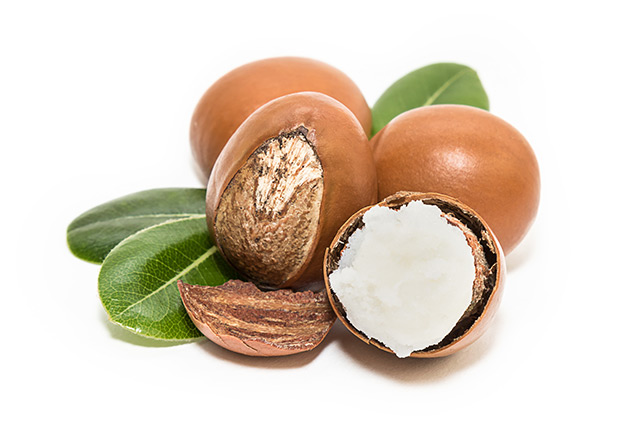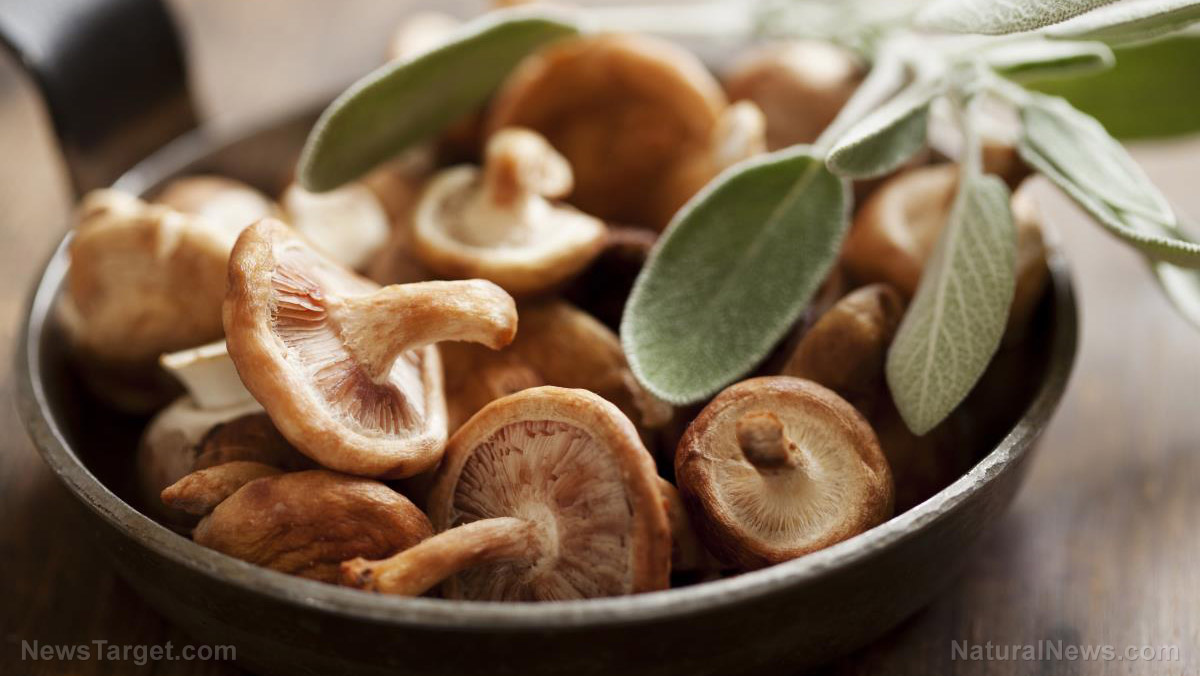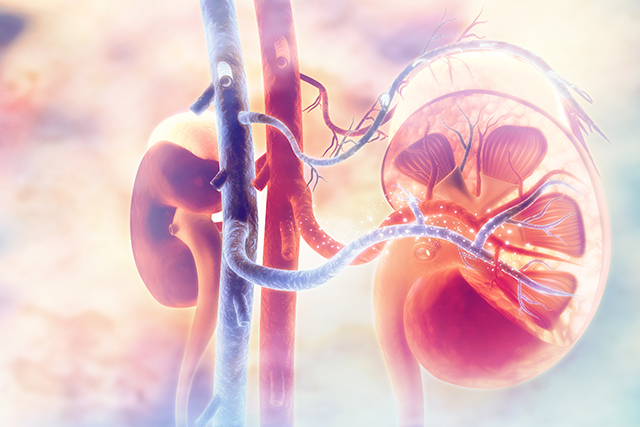Shea butter found to be an effective treatment for salmonella
08/10/2018 / By Michelle Simmons

Shea butter (Vitellaria paradoxa) has been found to be an effective treatment for typhoid fever caused by Salmonella, according to a study published in the journal BMC Complementary and Alternative Medicine. Researchers at the University of Dschang, University of Ngaoundéré, and University of Yaoundé 1 in Cameroon looked at the effects of shea butter leaf extracts on the bacterial strain Salmonella typhimurium in mice.
For the study, the researchers gave shea butter leaf extracts to the mice infected with S. typhimurium. The treatment lasted for up to 18 days. After that, they examined the serum markers, including total protein, creatinine, transaminases, bilirubin, and lipid profile of mice to explore the effects of the shea butter extract treatment. Moreover, they examined the safety and looked at the phytochemicals of the shea butter leaf extracts by conducting acute toxicity test and phytochemical screening.
Based on the results, the extract of shea butter tree leaf got rid of salmonellosis in previously infected mice just within twelve days of treatment. Although the salmonella infection substantially increased transaminases activity and significantly decreased the relative weight of liver and kidney and protein content of the mice, these damages were corrected by the administration of the shea butter leaf extract at higher doses.
Results of the acute toxicity test revealed that shea butter leaf extract did not cause any toxic effect, but it may have a sedative effect on the central nervous system, may promote a decrease in plasma levels of algogenic substances, and may cause diarrhea at high doses.
Moreover, the results of phytochemical screening revealed that alkaloids, anthocyanins, anthraquinones, flavonoids, phenols and polyphenols, saponins, steroids, band tannins were present in shea butter leaf extracts.
Based on the findings of the study, shea butter plant carries antimicrobial substances that can help treat infection and typhoid fever due to salmonella.
More on salmonella and how to prevent it
According to the estimates of the Centers for Disease Control and Prevention (CDC), salmonella is responsible for approximately 1.2 million illnesses, 23,000 hospitalizations, and 450 deaths in the U.S. each year. For nearly one million of these illnesses, food is the cause. Thus, salmonella is one of the most common causes of food poisoning in the U.S. The most common sources of salmonella in food include contaminated eggs, poultry, meat, unpasteurized milk or juice, cheese, contaminated raw fruits and vegetables, spices, and nuts. Diarrhea, fever, and abdominal cramps can occur after infection with salmonella. These usually last for four to seven days, and most people recover without treatment. However, in some cases, diarrhea can be severe and may require treatment. Fortunately, salmonellosis can be prevented with simple ways:
- Frequently wash your hands with hot and soapy water, especially before handling eggs, poultry, and raw meat.
- Use clean towels to wipe your hands.
- Maintain short and clean nails because long nails can encourage the growth of bacteria, which can quickly spread to the food being handled.
- Cook your food thoroughly, especially poultry and egg products.
- Avoid leaving leftovers on the counter; instead, keep them inside the refrigerator within two hours after cooking.
- Thaw frozen meat using cold water in the refrigerator and not at room temperature.
- Use different chopping boards for vegetables and raw meat.
- Separate vegetables from raw meat when doing the groceries.
- Clean meat with salt before putting it inside the refrigerator.
Read more news stories and studies on natural medicines like shea butter by going to AlternativeMedicine.news.
Sources include:
Tagged Under: alternative medicine, bacteria, infections, natural cures, natural medicine, plant cures, remedies, research, Salmonella, salmonellosis, shea butter, shea butter leaf extracts, typhoid fever, Vitellaria paradoxa



















